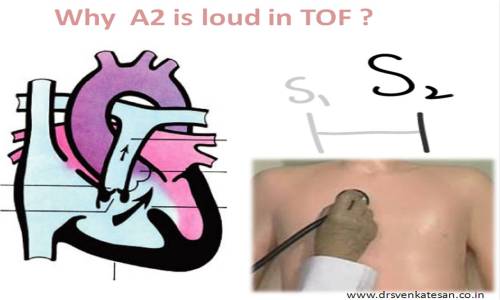Heart is the first organ to differentiate in the fetus.The first heart beat begins on the 22nd day of fetal life ! . From that day , it’s function is linearly determine the fetal growth .It continues in the new-born, infancy and up to late child hood.
It is no surprise then, to detect growth retardation in congenital heart disease. A proper evaluation begins right from fetal mass / birth weight estimation .Motor and cognitive milestones should be assessed meticulously .
The pattern of growth affliction is complex and poorly understood.Few working rules are often taught in cardiology classrooms.
Caution : This is a too simplified version. Discerned readers should consult all sources cited here.
Acyanotic heart disease
ASD, VSD, PDA tend to affect weight gain more but generally do not affect height much . But, the onset of pulmonary hypertension early in the course will severely affect height as well.
Co arctation of Aorta and other Aortic interruptive diseases can have a differential affection of growth . (Upper part of body > Lower part)
Cyanotic heart disease
CHD affects both height and weight proportionately. Cyanotic heart disease with increased pulmonary blood flow the overall survival is less , recurrent failure is common and hence growth and development is more affected.
The mechanism of stunted growth.
The often used terminology ‘failure to thrive” , may not be attributed to heart disease per-se. It has to be multi factorial and is related to social well-being , feeding habits , and mother’s effort , interruptions due to co existing illness , effects of surgery etc. Obviously these factors operate more in infants with increased pulmonary blood flow.
Effect on cognitive function
Contrary to the expectations even chronic hypoxia and cyanosis has no compelling effects on the child’s intelligence . Unless there is co existing neurological defects severe compromise of cognition is uncommon.
However now we realise , brain development do suffer in hypoxic environment.In fact, the damage to cognition could start right from the fetus .
New evidence is coming up.
*Recurrent hypoxia spells and convulsions in TOF can lead to reduced cognition
Is the normal growth and development restored after complete correction of the disease by cardiac surgery ?
The expected benefit is usually achieved . The catch up occurs . But it is not guaranteed, especially in cyanotic heart disease. As , many times the destined growth of a child is reprogrammed and predetermined in the fetus itself.
Link to a rare review article on the topic

References on Growth impairment in congenital heart disease
R. L. Naeye, “Anatomic features of growth failure in congenital heart disease,” Pediatrics, vol. 39, no. 3, pp. 433–440, 1967.
A. Mehrizi and A. Drash, “Birth weight of infants with cyanotic and acyanotic congenital malformations of the heart,” Journal of Pediatrics, vol. 59, no. 5, pp. 715–718, 1961.
R. J. Levy, A. Rosenthal, D. C. Fyler, and A. S. Nadas, “Birthweight of infants with congenital heart disease,” American Journal of Diseases of Children, vol. 132, no. 3, pp. 249–254, 1978.
H. H. Kramer, H. J. Trampisch, S. Rammos, and A. Giese, “Birth weight of children with congenital heart disease,” European Journal of Pediatrics, vol. 149, no. 11, pp. 752–757, 1990.
Read Full Post »







